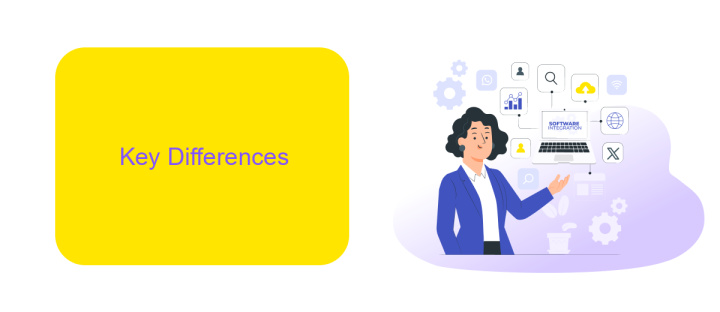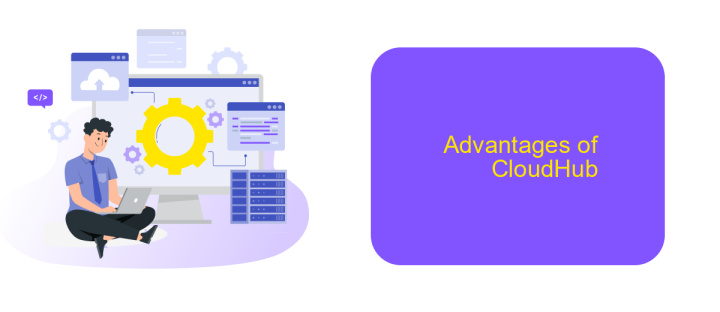MuleSoft RTF Vs Cloudhub
When choosing the right platform for your integration needs, understanding the differences between MuleSoft Runtime Fabric (RTF) and CloudHub is crucial. Both offer unique advantages tailored to specific use cases, deployment preferences, and scalability requirements. This article delves into a comparative analysis of RTF and CloudHub, helping you make an informed decision for your enterprise's integration strategy.
Introduction
In the rapidly evolving landscape of enterprise integration, choosing the right platform is crucial for seamless connectivity and operational efficiency. MuleSoft offers two powerful solutions: Runtime Fabric (RTF) and CloudHub. Both platforms provide robust tools for building, deploying, and managing APIs and integrations, but they cater to different needs and environments.
- Runtime Fabric (RTF): Ideal for on-premises or hybrid cloud environments, offering greater control and customization.
- CloudHub: A fully managed integration platform as a service (iPaaS) that simplifies deployment and scalability in the cloud.
Understanding the core differences between MuleSoft RTF and CloudHub can help organizations make informed decisions based on their specific requirements. Additionally, leveraging tools like ApiX-Drive can further streamline the integration process, enabling businesses to automate workflows and enhance productivity. This article delves into the features, benefits, and use cases of both platforms to help you determine the best fit for your enterprise integration needs.
Key Differences

MuleSoft Runtime Fabric (RTF) and CloudHub are both powerful deployment options for MuleSoft applications, but they serve different needs. RTF is a container service that allows you to deploy Mule applications on your own infrastructure, offering greater control and customization. This makes it ideal for organizations with specific compliance requirements or those needing to maintain data within their own data centers. On the other hand, CloudHub is a fully managed, multi-tenant integration platform as a service (iPaaS) that simplifies the deployment process by handling infrastructure management, scaling, and monitoring for you. This allows businesses to focus on developing and deploying applications without worrying about the underlying infrastructure.
Another key difference lies in their scalability and operational complexity. RTF provides extensive flexibility and control but requires a more hands-on approach to manage and scale. In contrast, CloudHub offers automatic scaling and reduced operational overhead, making it easier for organizations to manage their integrations. For those looking to streamline their integration processes further, services like ApiX-Drive can be invaluable. ApiX-Drive offers a no-code solution to automate integrations, complementing CloudHub's ease of use and enhancing RTF's customization capabilities by simplifying the integration setup. This makes ApiX-Drive a useful tool regardless of the deployment option you choose.
Advantages of MuleSoft RTF

MuleSoft Runtime Fabric (RTF) offers a robust and flexible solution for deploying and managing APIs and integrations. One of the key advantages of MuleSoft RTF is its ability to run on any cloud or on-premises infrastructure, providing unparalleled flexibility and control over deployment environments.
- Scalability: RTF allows for seamless scaling of applications and APIs to meet fluctuating demand, ensuring optimal performance at all times.
- Security: With built-in security features, RTF ensures that data and integrations are protected against potential threats.
- Unified Management: The platform offers a centralized management console, simplifying the monitoring and maintenance of multiple integrations.
- Flexibility: RTF supports hybrid deployment models, enabling businesses to leverage both cloud and on-premises resources effectively.
- Integration Capabilities: RTF integrates seamlessly with services like ApiX-Drive, enhancing its ability to connect various applications and automate workflows.
These advantages make MuleSoft RTF an ideal choice for businesses looking to optimize their integration strategies. By leveraging its scalability, security, and flexible deployment options, organizations can ensure their APIs and integrations are robust, efficient, and secure.
Advantages of CloudHub

CloudHub is a fully managed integration platform as a service (iPaaS) provided by MuleSoft, which offers numerous advantages for businesses looking to streamline their integration processes. One of the key benefits of CloudHub is its ability to provide seamless connectivity to a wide range of applications and data sources, both on-premises and in the cloud.
Another significant advantage of CloudHub is its scalability. Businesses can easily scale their integration solutions up or down based on demand, ensuring that they only pay for the resources they actually use. This flexibility is particularly beneficial for organizations experiencing rapid growth or seasonal fluctuations in their integration needs.
- Ease of use: CloudHub offers a user-friendly interface that simplifies the process of creating and managing integrations.
- Security: With built-in security features, CloudHub ensures that data is protected during transmission and storage.
- Reliability: CloudHub guarantees high availability and uptime, ensuring that critical integrations are always operational.
- Comprehensive monitoring: The platform provides robust monitoring tools to track the performance and health of integrations.
For businesses looking to further enhance their integration capabilities, services like ApiX-Drive can be highly beneficial. ApiX-Drive offers tools to automate and manage integrations, making it easier to connect various applications and streamline workflows. By leveraging CloudHub and complementary services like ApiX-Drive, organizations can achieve a more efficient and effective integration strategy.
Choosing the Right Platform
When choosing between MuleSoft RTF and Cloudhub, it is crucial to consider your organization's specific needs and technical requirements. MuleSoft RTF offers greater control and flexibility, making it an ideal choice for businesses that require customized solutions and have the resources to manage their own infrastructure. On the other hand, Cloudhub provides a fully managed environment, reducing the complexity of deployment and maintenance, which can be beneficial for organizations looking to streamline operations and focus on core business activities.
Additionally, integrating third-party services like ApiX-Drive can further enhance your platform's capabilities. ApiX-Drive simplifies the process of setting up integrations by offering a user-friendly interface and pre-built connectors, making it easier to connect various applications and automate workflows. Whether you choose MuleSoft RTF or Cloudhub, leveraging tools like ApiX-Drive can help you achieve seamless and efficient integration processes, ultimately driving better business outcomes.
FAQ
What is the main difference between MuleSoft RTF and CloudHub?
Which option is better for scalability, RTF or CloudHub?
Can I use both MuleSoft RTF and CloudHub simultaneously?
How do deployment and management differ between RTF and CloudHub?
What are the cost implications of using MuleSoft RTF versus CloudHub?
Apix-Drive is a universal tool that will quickly streamline any workflow, freeing you from routine and possible financial losses. Try ApiX-Drive in action and see how useful it is for you personally. In the meantime, when you are setting up connections between systems, think about where you are investing your free time, because now you will have much more of it.

